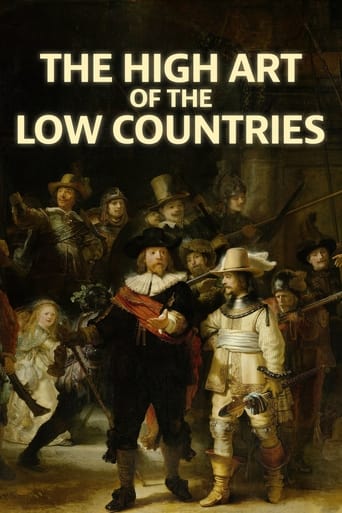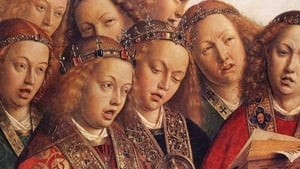
Watch The High Art of the Low Countries (2013) Online!
This 3 part series is presented by the British Art Critic, Andrew Graham-Dixon. He explores the Low Countries of the Netherlands and Belgium and how history has influenced the area's art, architecture and culture. Cloth was used in the area's first expression of art in the making of tapestries going back to the 14 th century. They were the No. 1 luxury item of the day. The Low Countries were well placed geographically for markets for their art.
-

Episode 1 - Dream of Plenty
Release Date: 2013-04-04Andrew Graham-Dixon shows how the art of Renaissance Flanders evolved from the craft of precious tapestries within the Duchy of Burgundy into a leading painting school in its own right. Starting his journey at the magnificent altarpiece of Ghent Cathedral created by the Van Eyck brothers, Andrew explains their groundbreaking innovation in oil painting and marvels at how the colours they obtained can still remain so vibrant today. Andrew describes how, in the early Renaissance, the most urgent preoccupation was not the advancement of learning, humanist or otherwise, but the Last Judgment. People believed they were living in the end of days; a subject popular with preachers and artists and intensely realised in swarming microscopic detail by Hieronymus Bosch.
-

Episode 2 - Boom and Bust
Release Date: 2013-04-11Andrew Graham-Dixon looks at how the seemingly peaceful countries of Holland and Belgium - famous for their tulips and windmills, mussels and chips - were in fact forged in a crucible of conflict and division. He examines how a period of economic boom driven for the first time by a burgeoning and secular middle class led to the Dutch golden age of the 17th century, creating not only the concept of oil painting itself, but the master painters Rembrandt and Vermeer combining art and commerce together as we would recognise it today.
-

Episode 3 - Daydreams and Nightmares
Release Date: 2013-04-18Following a brief period of decline, the entrepreneurial and industrious region of the Low Countries rose again to become a cultural leader in the modern age. Despite its small and almost insignificant size it produced important forward-thinking artists like Van Gogh, Mondrian, Magritte and Delvaux, who changed the face of art forever. Andrew's journey takes him to a remote beach in north west Holland that inspired Mondrian's transition to his now-renowned abstract grid paintings. Andrew digs deep into the psychology and social history of the region, exploring how the landscape of the past has informed the culture and identity of the Low Countries today and the impossibility of the Dutch drive to turn the philosophy of Mondrian's geometric order into a way of living.
